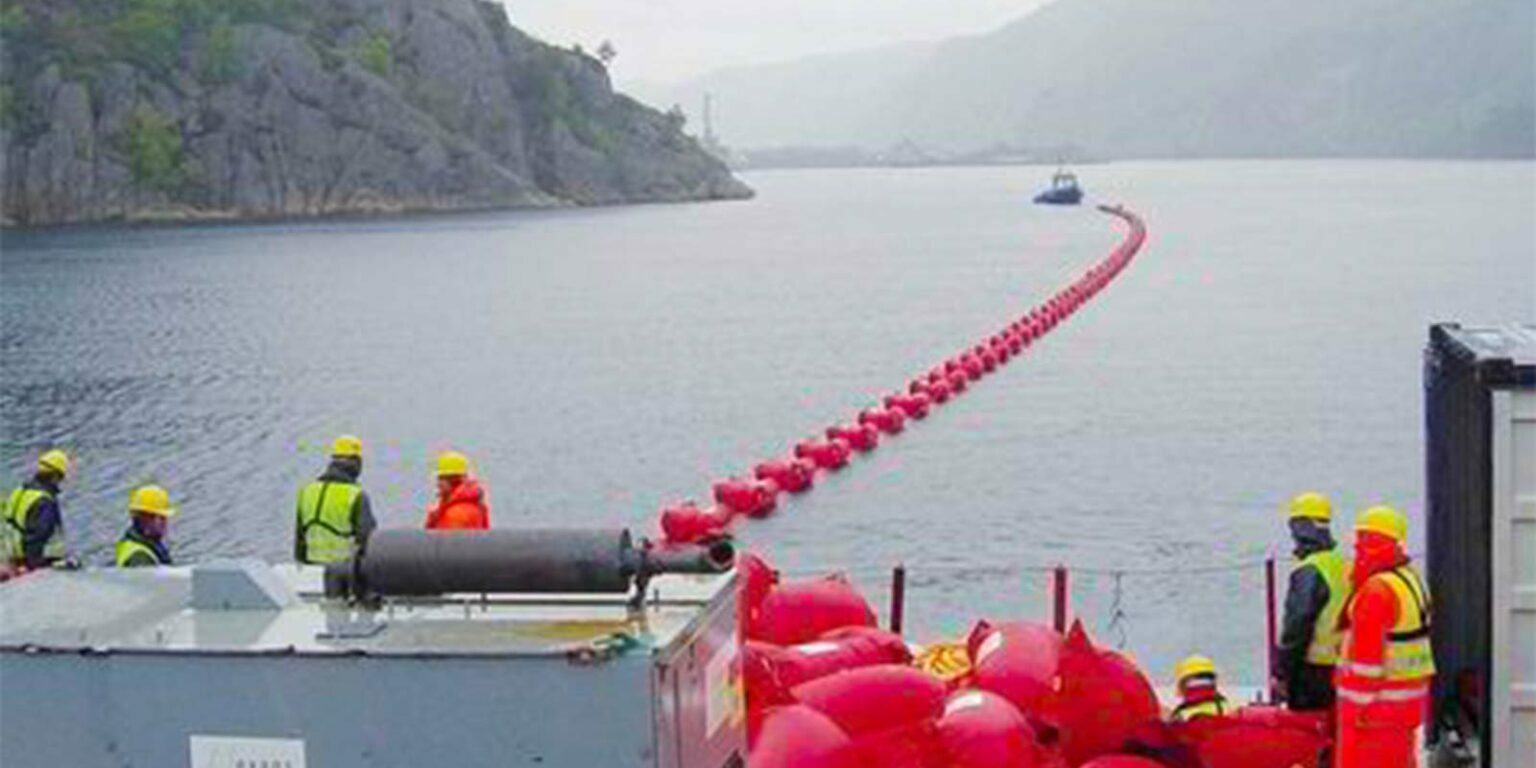Kvinesdal recommended as connection point for offshore wind

The NorNed was laid from Kvinesdal to Eemshaven in the Nederlands in 2007. (Photo: Statnett)
Statnett recommends Kvinesdal as the primary alternative for connection point for phase 1 in Sør Nordsjø II.
The recommendation is based on how offshore wind affects the power system and costs. Proximity to future offshore wind farms and the long-term development of offshore wind in Norway are also taken into consideration.
Kvinesdal is already a strong point in the transmission grid. Here, offshore wind can be connected without major grid measures.
– IN SOUTHERN and Eastern Norway, we are planning for an almost doubling of current consumption (3500-5000 MW) and tie-in of 3000-4500 MW of offshore wind from the Southern North Sea II over the next 10-15 years. To connect the first offshore wind to the grid we point to tie-in points that will utilize the existing grid, and we can at the same time facilitate new consumption, explains Gunnar Løvås, Executive Vice President Power Systems and Markets in Statnett.
A recommendation for tie-in points for offshore wind is sent to the Ministry of Petroleum and Energy.
SOWE ACCOMMODATES a sizable power-intensive process industry that is ready to consume the electricity that will be produced in the North Sea.
Alcoa Lista is the 6th largest producer of aluminium in Norway. Eramet Kvinesdal makes manganese alloys, which is a key component of steel. Aludyne Farsund supplies components to reputable car manufacturers Jaguar, Porsche and BMW.
More power-dependent industry could be established. Land-based fish farms, data storage developers and battery, hydrogen and ammoniac factories all consider starting production in the area.
MAJOR NEW industrial consumption, electrification and offshore wind are changing the power system. This requires a robust grid with higher capacity. This is shown in a new study from Statnett, which recommends Kvinesdal as one of two tie-in points for offshore wind.
For Utsira Nord, Statnett recommends that plans be made for a coordinated solution with Karmøy as the connection point. Statnett has applied for a licence for a new substation in the area where offshore wind can be connected, and this will be located closer to the offshore wind fields than elsewhere in the transmission grid.
– Statnett has assessed other connection points ranging from Sør-Rogaland in the west to Holen in Telemark and the Grenland area in the east. We see that connecting offshore wind to, for example, the Grenland area can be a good solution for future offshore wind developments after the first phase, says Løvås.
CONSIDERABLE growth in power consumption is expected in South Norway. However, there are several factors that influence how high consumption growth will be and where consumption will come.
– We need both more energy and more power in the years to come. Offshore wind can contribute much of the energy, but there is also a need for increased power production in several places in the coming years. To ensure enough power during windless periods, there is also a need for increased power from the hydropower plants, and increased flexibility from consumers, Løvås concludes.